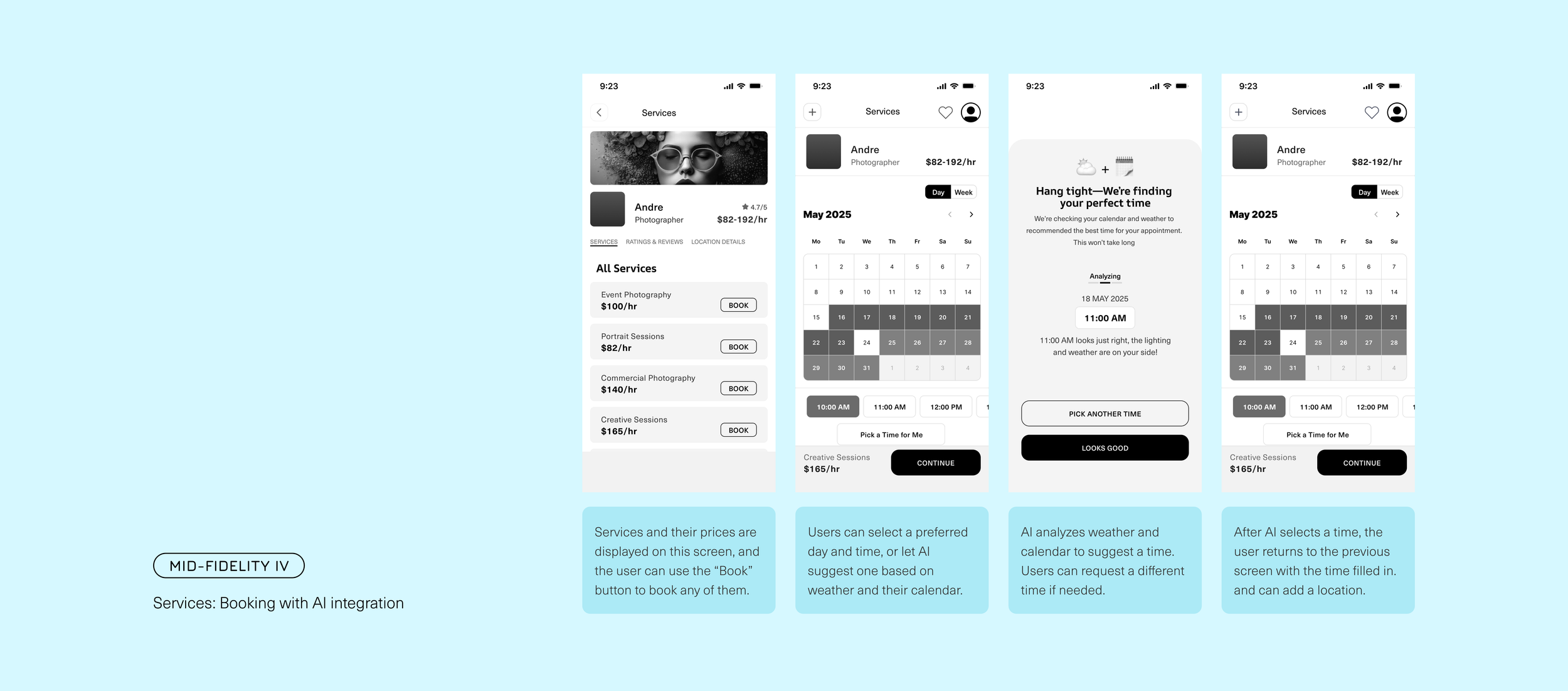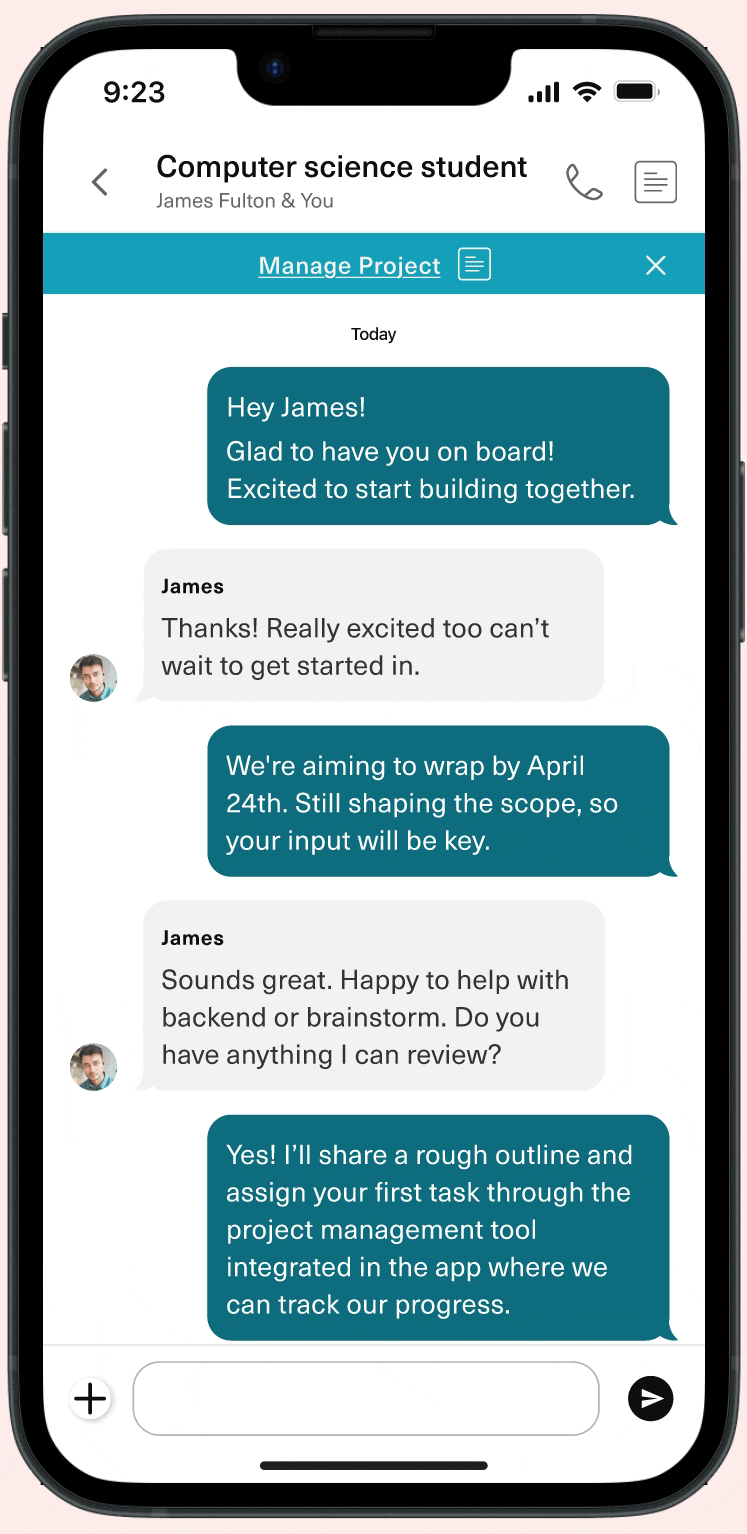
NoIT
NoIT is a student-driven platform designed to strategically optimize campus opportunities and innovation. It serves as a seamless hub for students to find collaborators who complement skills they lack, while also boosting entrepreneurial visibility on campus.
Goal
To create a verified student network that promotes campus collaboration, combined with a project management tool for easy task tracking and progress monitoring.
Role:
Product Designer
Tools:
Figma, Figjam, Illustrator & Photoshop
Hats worn:
UX researcher, UX Designer & UI designer, Innovative Thinking

Problem Statement
Today, students struggle to turn their ideas into reality because they lack access to the right collaborators. On campuses, talented innovators often work in isolation, not because they want to, but because there’s no efficient way to find peers with complementary skills. This leads to abandoned projects, wasted potential, and missed opportunities.
Student Entrepreneurs on campus struggle to showcase their services effectively. Word-of-mouth and scattered social media posts aren’t enough to reach the right audience. This lack of exposure limits opportunities for service providers and students needing help.

Process
I created visual thought starters and key questions to identify which problem would be most valuable to solve for users. The process involved breaking down problems into essential questions, researching solutions, testing, iterating, prototyping, and learning from the results.
I. Research
I conducted “desk research” on existing solutions and market trends; working at the library as a current student gave me firsthand insight into undergrads and graduate students seeking referrals to connect with students from other schools and their main collaboration concerns. When student entrepreneurs ask where to place flyers, I also inquire about the business visibility challenges they face on campus.
User Interview
I interviewed six graduate and six undergraduate students. Many struggle to find collaborators, often relying on professors with limited resources, making it difficult to find the right fit. Students also face challenges with availability conflicts and scattered communication, leading to missed critical information.
Derived Insights
Users want verified profiles to build trust and encourage app usage.
Task management and urgent communication features are needed for better productivity.
Showing meeting availabilities helps users quickly decide on opportunities.
Users welcome AI to simplify tasks and improve app functionality.
II. Ideation [Low-Fi]
The interviewees' feedback was synthesized into insights, which were then developed into meta-insights. HMW (How Might We) statements were created from the meta-insights to define and frame the design challenges.
III. Iteration [Mid-Fi]
Through feature analysis, I discovered that students were primarily interested in collaboration, followed by services and community. This insight established collaboration as Priority 01. Recognizing its importance, I focused on enhancing the collaboration experience because it shows that this feature will likely drive meaningful user interaction.
Usability Testing Outcome
User testing revealed that improvements were needed in the following areas.
Brand Identity
The NoIT logo was thoughtfully created by merging the words "know" and "it," symbolizing knowledge and expertise. Its intentional typography and carefully selected color palette communicate clarity, confidence, and creativity, visually reflecting NoIT’s core mission of connecting campus creatives who genuinely "know it."
IV. Prototype [Final Design]
Priority 01, the collaboration feature, had more screens designed to show the steps of both the author and collaborator journeys, as it was identified as the app’s MVP based on user testing results. This was followed by Priority 02 (services), which showcases how a user books a service.
V. Outcomes
NoIT met our users’ pain point, and the final testing validated that the product will be successful when launched. Going foward, the services feature came second in the review and has an acceptance rate of 65%, and would need some more iteration and testing to increase the acceptance rate.
Key Learnings
Through consistent reading of UI design literature, I was able to deepen both my technical skills and creative approach to user experience. I also learned the importance of allowing interviewees to share additional insights after sessions, as this flexibility often led to more thoughtful and user centered refinements. Additionally, iterating based on real user feedback reinforced the value of designing with empathy rather than assumptions.




























